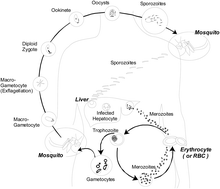The therapeutic potential of metal-based antimalarial agents: Implications for the mechanism of action
Abstract
Despite recent encouraging advances against the disease, malaria remains a major public health problem affecting almost half a billion people and killing almost a million per annum. Due to a short arsenal of efficient antimalarial agents and the frequent appearance of resistance to the drugs in current use, which consequently reduce our means to treat patients, there is a very urgent and continuous need to develop new compounds. This perspective outlines a unique strategy for that purpose through the development of metal-based antimalarial agents. The examples presented here illustrate an attractive alternative to classical drugs.

- This article is part of the themed collection: Application of Inorganic Chemistry for non-Cancer Therapeutics

 Please wait while we load your content...
Please wait while we load your content...